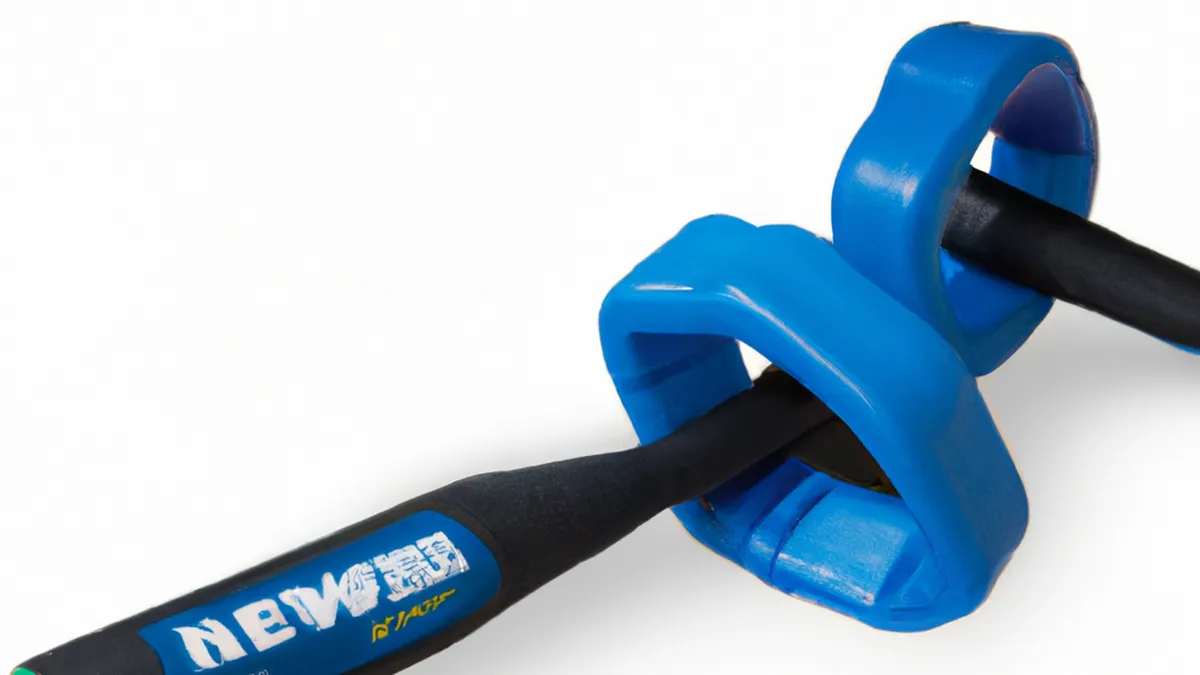Unilateral Strength: A Game-Changer for Athletes
How to Use Unilateral Strength Work for Better Sports Performance
Strength training critically enhances sports performance. Among various methods, unilateral strength work stands out. This approach exercises one limb at a time, helping athletes address imbalances and boost performance. All athletes can benefit from this training style. Let’s explore how to add unilateral strength work to your routine and its unique advantages.
Understanding Unilateral Strength Work
Unilateral strength work targets individual limbs, emphasizing balance, stability, and coordination. Exercises like single-arm dumbbell rows and single-leg squats engage one side of the body. This method helps identify and fix imbalances due to side dominance or past injuries.
Unilateral training also increases core activation. When one side works, the core stabilizes to prevent tipping. This engagement improves strength, control, and proprioception, essential skills for all athletes.
Research shows unilateral training enhances athletic performance, including strength, power, and agility. By adding unilateral strength work to your routine, you can build a balanced, resilient body for your sport.
Tips for Incorporating Unilateral Strength Work
Start with Basic Movements
Begin with fundamental movements for effective integration. Exercises like single-leg deadlifts and single-arm rows serve as excellent starting points. Master your form and control instead of lifting heavy weights. Use lighter weights to develop proper technique and prevent injuries.
As you grow comfortable with basics, challenge yourself by increasing weights or adding complex movements like single-arm overhead presses or single-leg box jumps.
Integrate into Your Routine
Integrate unilateral exercises into your existing workout routine. Replace one or two bilateral movements weekly with unilateral exercises. For example, swap barbell squats for single-leg squats or split squats. This method creates a balanced workout regimen and keeps training fresh.
Monitor Progress
Track your progress to ensure success with any training method. Use a training journal to record each side’s performance. Assess strength, endurance, balance, and stability. This self-assessment helps identify imbalances or weaknesses needing attention.
Once you understand your progress, adjust your training plan. If one side remains weaker, add more unilateral exercises for that limb or increase its workload.
Advice on Unilateral Strength Training
Focus on Stability
Prioritize stability during unilateral exercises. Maintain proper form to enhance effectiveness and prevent injury.
Conclusion
Utilizing unilateral strength work significantly improves sports performance. Address imbalances and build a stronger, more resilient body.
Below are related products based on this post:
FAQ
What is unilateral strength work and why is it important for athletes?
Unilateral strength work involves training one limb at a time, which helps athletes address muscular imbalances, improve balance, stability, and coordination. This method is crucial for enhancing overall athletic performance, as it can lead to increased strength, power, and agility while also engaging the core for better stabilization.
How can I effectively incorporate unilateral strength exercises into my workout routine?
To incorporate unilateral strength exercises, start with basic movements like single-leg deadlifts and single-arm rows to master your form. Gradually replace one or two bilateral exercises each week with unilateral ones, such as swapping barbell squats for single-leg squats. This approach helps create a balanced workout regimen while keeping your training varied.
How can I monitor my progress when using unilateral strength training?
Tracking your progress is essential for success with unilateral strength training. Maintain a training journal to record performance metrics for each side, including strength, endurance, balance, and stability. This self-assessment will help identify any imbalances or weaknesses, allowing you to adjust your training plan accordingly.















Post Comment